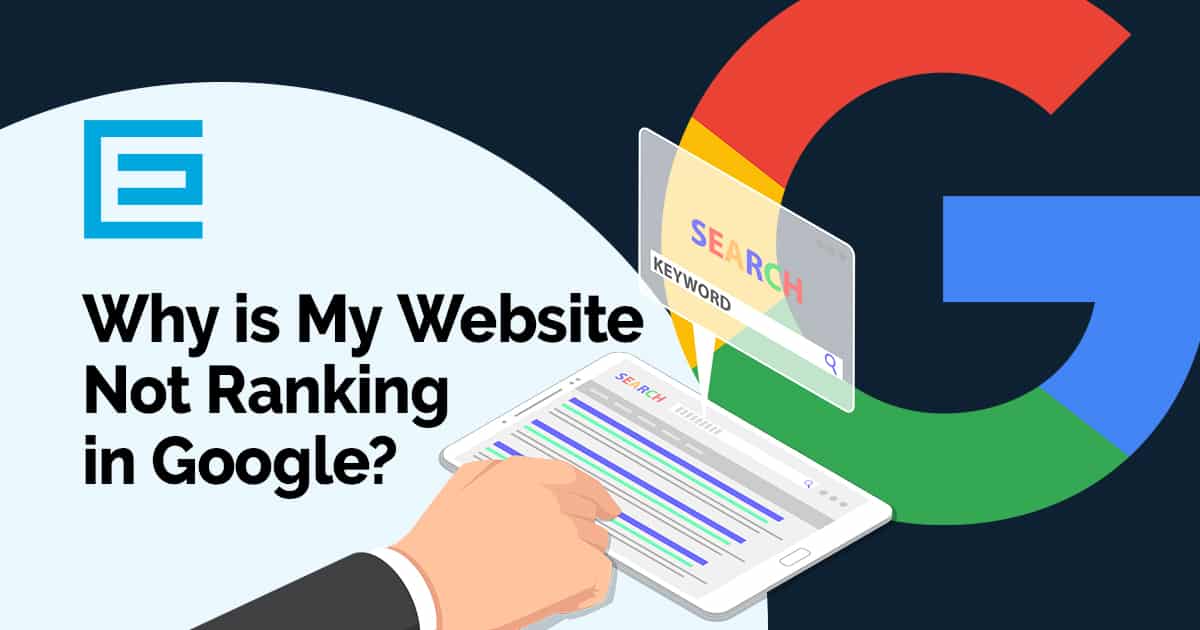
This article will help you to create SEO content. You'll learn how to outline your article, research your keywords, and incorporate secondary keywords. Remember to add transition words. Once you've got your content written, it's time to optimize it for search engines! Here are some great tips. These are the top tips for making your article search engine friendly.
Outline your content
An effective strategy to ensure your article's SEO content is search engine-friendly is to outline it. There are many ways to structure your outline. The C.R.A.A.A.P. method is the best. You can start with the C.R.A.A.P. method. Here are some examples of how an outline can be structured:
An outline helps you to identify the thin sections and decide if a section is needed. An outline can be used to help you decide if you should merge topics or nest sections. Because keyword placement is not the only factor to consider, it can help you identify your target audience. A good outline will include all the elements needed to write an excellent blog post. These are some benefits to preparing your SEO content.
Make a quick outline of what content you will be writing. Include your primary keyword in the outline along with a list or related terms. You should also consider your target audience, word count and audience. Include any core questions you would like to answer, call to action, and suggested meta description and title tags. Make sure to outline subheadings and links. A content outline is a way to ensure cohesion within your content and make use of the time you have available for writing.
A purpose should be the focus of your blog posts. Avoid using cliches or cliches. Your blog post should engage and be relevant to your audience. Make sure to include your target audience in the introduction. Your audience will be more engaged with your content if you do this. Because they will find it more readable, You should outline your SEO content before starting to write. You can use it to help improve your blog posts.
Find your keywords
There are many steps to be followed when searching keywords. First, you need to know which keywords are most relevant. Your articles might seem irrelevant to the topic. However, if you use Google Trends, AdWords, and other tools, you can quickly find the most relevant keywords for your niche. Once you have identified which keywords are most popular, you can begin to plan how to make your content fit that strategy.

Never forget that keyword research isn’t about tricking Google. It’s about determining the content your audience needs. Understanding how your audience searches will help you create content they will love to read. You could use the keyword "Thailand" to refer to a blog posting about Thailand or a travel guide for humans. Your content will rank high if it addresses the needs and wants of your audience.
Once you've found the keywords you want to target, you need to research them. You can search Google for the keywords to see what results are displayed. Do some comparisons between your competitors and their websites to determine which ones perform better for your target audience. Moreover, consider the user intent. Is the keyword indicating that users are searching for a Thailand travel guide or other information? If so, you might want to focus on a specific area.
Also, you should check the monthly search volume for your targeted keywords. You can analyze the MSV of your selected keywords to find out how many times they appear first in the SERP. This information can help you target more keywords to your SEO content. Once you have compiled a list keywords, you are able to create blog posts or articles based upon each keyword. Also, you should review your content to ensure that there is no keyword cannibalization.
Secondary keywords should be included
It is smart to use secondary keywords in your SEO content for a number of reasons. It helps improve the quality of your content and appeals to readers. It helps you avoid writing articles based on your primary keyword. These articles are unlikely to meet the needs of the reader. By using secondary keywords, your content will better match what your audience is looking for, and the tone of your article will be more natural.
SEO success is dependent on the use of the correct keywords in your content. It will allow your readers to easily navigate your articles and increase their chances being found in search engines. Use your primary keywords in the article title and metatag description. Also, use them at a density of 3 to 5 percent. Secondary keywords can be included in a few instances throughout your content. This is a great way to increase your content's visibility on search engines.
Incorporating secondary keywords in your SEO content can boost your ranking if used properly. Your secondary keywords should be relevant to the primary keyword's intent. They can be used to generate more content ideas such as articles about easy chocolate cake recipes. The best way to incorporate secondary keywords is to review the list before writing a section. Use synonyms when necessary and avoid repetitive writing. Make sure to use an LSI keyword list to refresh your content.
Google's autocomplete function is another way to include secondary keywords in SEO content. This feature allows users search for what other people are searching and allows them to drop the search down to a list. These terms are not random. They reflect real searches people do online. Secondary keywords can help increase your website's visibility to the reader. The Google Keyword Planner can help you learn more about secondary keyword and to improve your content.
Include transition words
Transition words can help you stand out from your competitors by giving your SEO content an edge. They do not impact your SERPs ranking but they can make your posts more readable and better understand context. Transition words can signal cause or effect but they can also be used as emphasis. In order to learn how to use transition words effectively, read this guide. These tips will help you improve your SEO content.

Transition words signal relationships between paragraphs. Transition words signal relationships between paragraphs. Without them, readers might not see the connection. But, if you use these words, your content will be easier to read, more engaging, and more informative. Whether you use transition words for SEO or not, they are necessary for creating clear and well-structured text. If you can use them sparingly, you will be rewarded by better SEO.
Use transition words to alert readers to major changes in content. You can think of them as a signpost on a long, winding road. Transition words make it easier for readers to follow your content. Although they are not the best words for all content types, these words will make your readers' experience with SEO content more enjoyable and more effective. You can learn more about transition words from other authors if you're a beginner.
Yoast SEO plugin and WordPress both have built-in tools for ensuring that your content uses transition terms. These tools allow you to analyze your content and determine when it is in need of them. To optimize your SEO, the tools use three types of transition words. Yoast SEO has three types to help make your content easier to read and more useful. Yoast can also search for words with two parts.
Speed up your content
There are many ways you can optimize your SEO content to speed up your website traffic. You can gain an advantage over your competitors by following these simple guidelines. Meta tags and keyword phrases can be used to make your content search engine friendly. You can increase your page's ranking in search engines by using these strategies.
Use images. Image descriptions are crucial in search engine optimization as they aid the reader in finding your content. However, not every image can be indexed. To describe images, it is important to use the alt attribute in HTML. It should be descriptive and provide context to search engines. Use HubSpot's SEO Panel to recognize optimized images. It can also improve the user experience. You can also include relevant links to the content that has been optimized.
FAQ
Why would I need a SEO strategy?
SEO strategies will help you to maximize your potential for growth. No one will ever find your great content, even if you rank higher in search engine results.
A good SEO strategy helps you build relationships with influencers and experts within your industry. You can benefit from their expertise and connections to learn new tricks, and be able to stay ahead of your competitors.
What is an SEO strategy?
The content of a website is an important part. You won't be able to rank high enough in searches if your website doesn't provide relevant and useful content.
SEO campaigns optimize your website by obtaining links from other sites back to yours. It also includes social marketing optimization. This refers to using Twitter, Facebook or LinkedIn to drive traffic to your site and increase brand recognition.
These links will bring more people to your site and increase your ranking. SEO campaigns focus on building quality backlinks to your site in order for Google to recognize your website's value.
SEO is still relevant: Does link building still matter?
Link building will continue to be important, but the way you approach it today is very different from 10 years ago. How businesses find customers and make sales is the biggest challenge they face today. Search engine optimization can help with this.
Social media has become a key tool for businesses. Content marketing strategies have also become very important. Google penalizes sites with too many backlinks to them. This makes it appear that link building is less effective than it was once. This makes sense because if you're linking to many other sites, there's probably nothing original on yours worth looking at.
These factors show that link building has lost its value in ranking your site.
Statistics
- : You might have read about the time that I used The Content Relaunch to boost my organic traffic by 260.7%: (backlinko.com)
- A 62.60% organic traffic boost to that page: (backlinko.com)
- Sean isn't alone… Blogger James Pearson recently axed hundreds of blog posts from his site… and his organic traffic increased by 30%: (backlinko.com)
- Which led to a 70.43% boost in search engine traffic compared to the old version of the post: (backlinko.com)
- If two people in 10 clicks go to your site as a result, that is a 20% CTR. (semrush.com)
External Links
How To
How can I tell if I'm doing SEO well?
There are several ways that you can determine if your SEO is doing a great job.
-
Users should leave your site without clicking anything else if their bounce rate is less than 30%. High bounce rates indicate that your audience isn’t confident in your brand or doesn’t care about what you sell.
-
Your site visitors visit many pages - this indicates that they are engaged with it and finding information useful.
-
Your conversion rate is increasing - your target audience is more aware of your product/service and wants to purchase it.
-
Your average time on site is increasing - people spend longer viewing your content.
-
Searches are attracting more people - this is a sign that your SEO is doing a great job.
-
You're getting more shares on social media - this shows that your content is being shared by others and reaching audiences outside your follower base.
-
You're getting more comments on forums - this shows that people respond positively to your work.
-
You get more engagement on your website, with more likes, tweets and shares.
-
Your rank is rising in SERPs, which shows that your hardwork is paying off.
-
You're receiving more leads from your website - this shows that people have found your website organically and are now contacting you.
-
Your sales are growing. This means that people who come to your website looking for products and services are now purchasing them.
-
Your blog post gets more views/comments, showing that people find your content interesting and helpful.
-
More subscribers mean more customers to your email list. This shows that people are able to trust you enough to sign up for updates about your company.
-
Sales are rising, which means that people love you and your products to the point that they will pay for them.
-
Your social media followers are higher, which indicates that your fans are more likely to share your content or engage with you.
-
You are receiving more PR mentions, which means journalists are talking about you online. This increases your brand awareness and improves your reputation.
-
This indicates that other companies have also recommended your brand.
-
Your website is popular because people keep coming back to it. This indicates that customers are happy and will continue to come back for your services.
-
Your competitors are losing ground. This is because they didn't spend as much on their SEO campaigns, which makes them look bad.
-
Your brand's image changes - this indicates that your brand has gained popularity among a new set of customers.